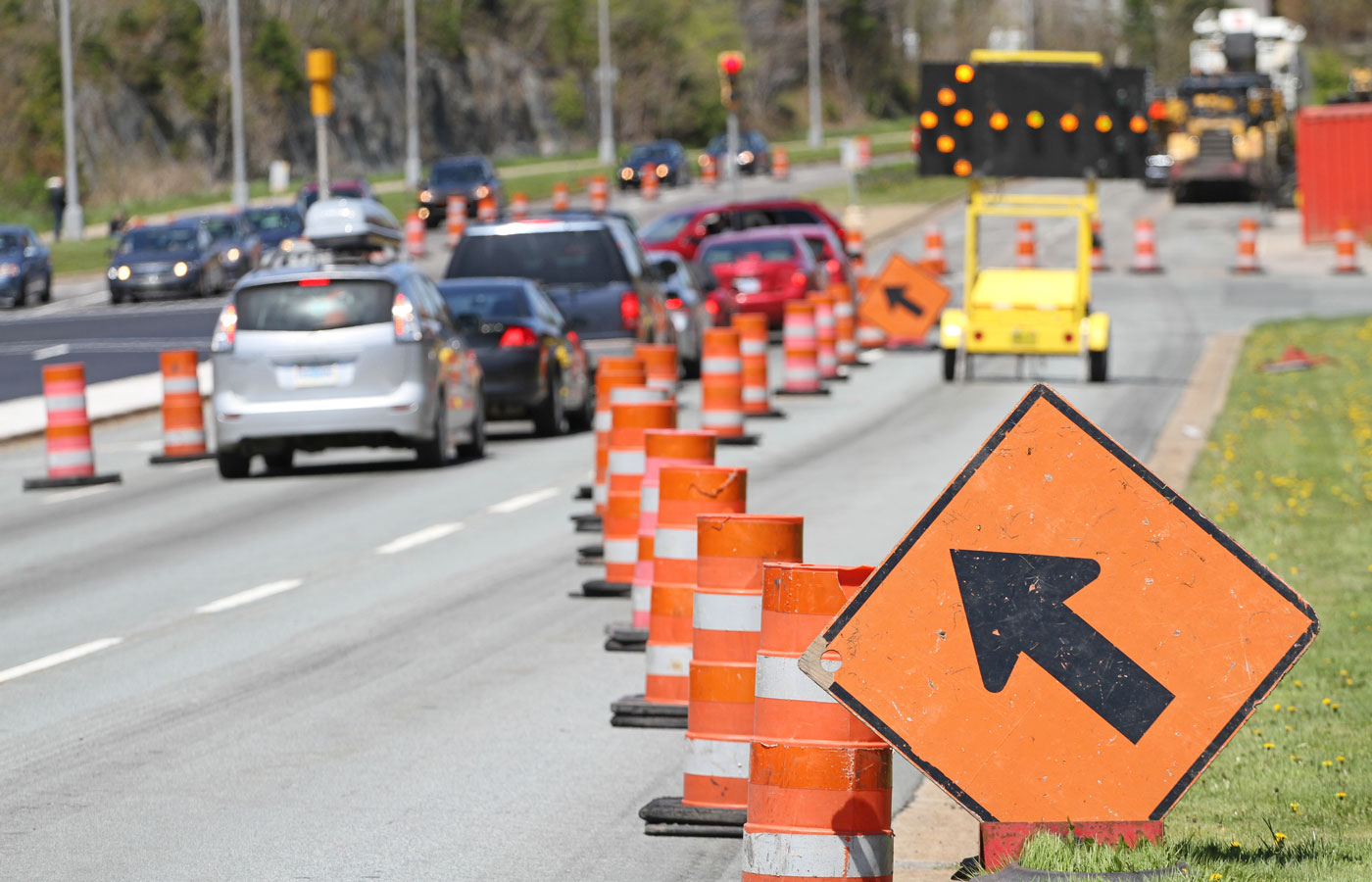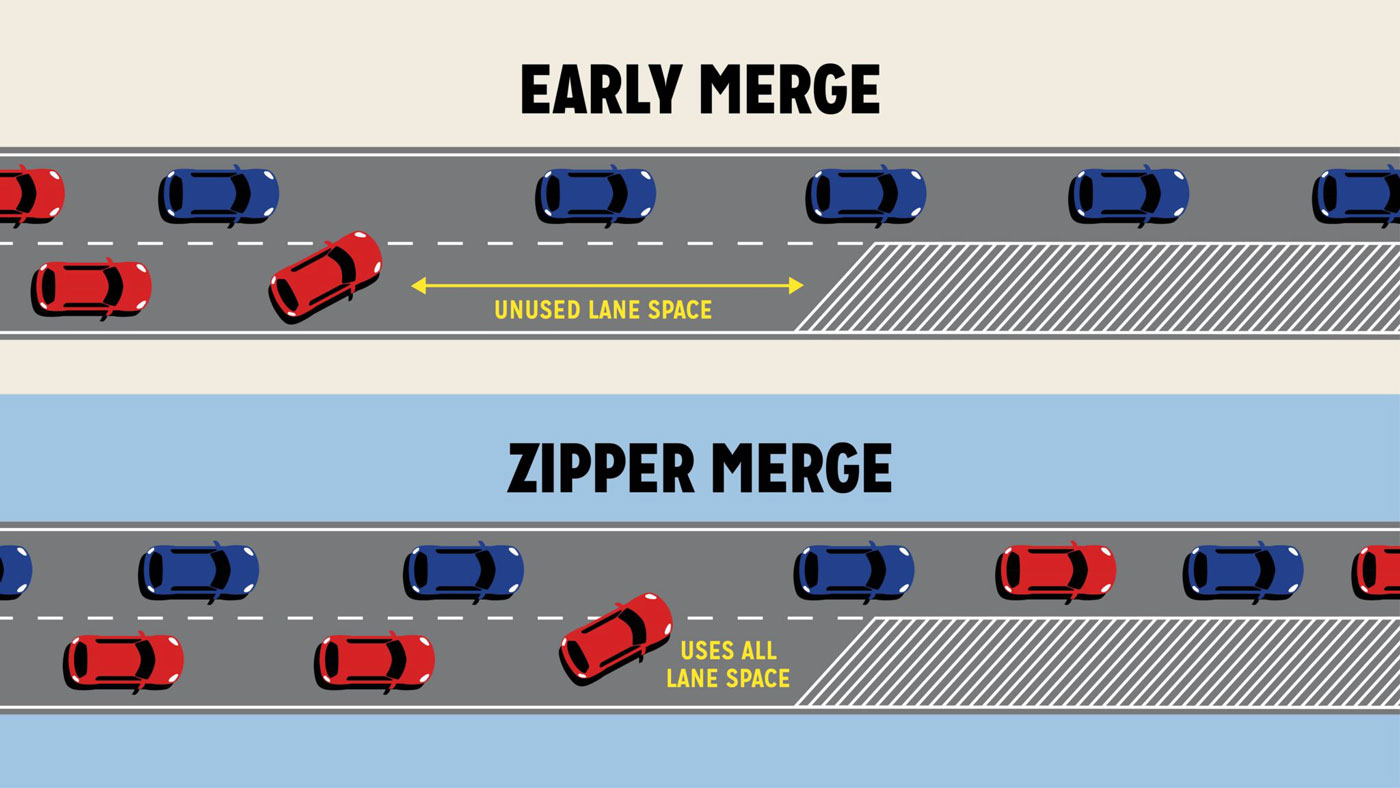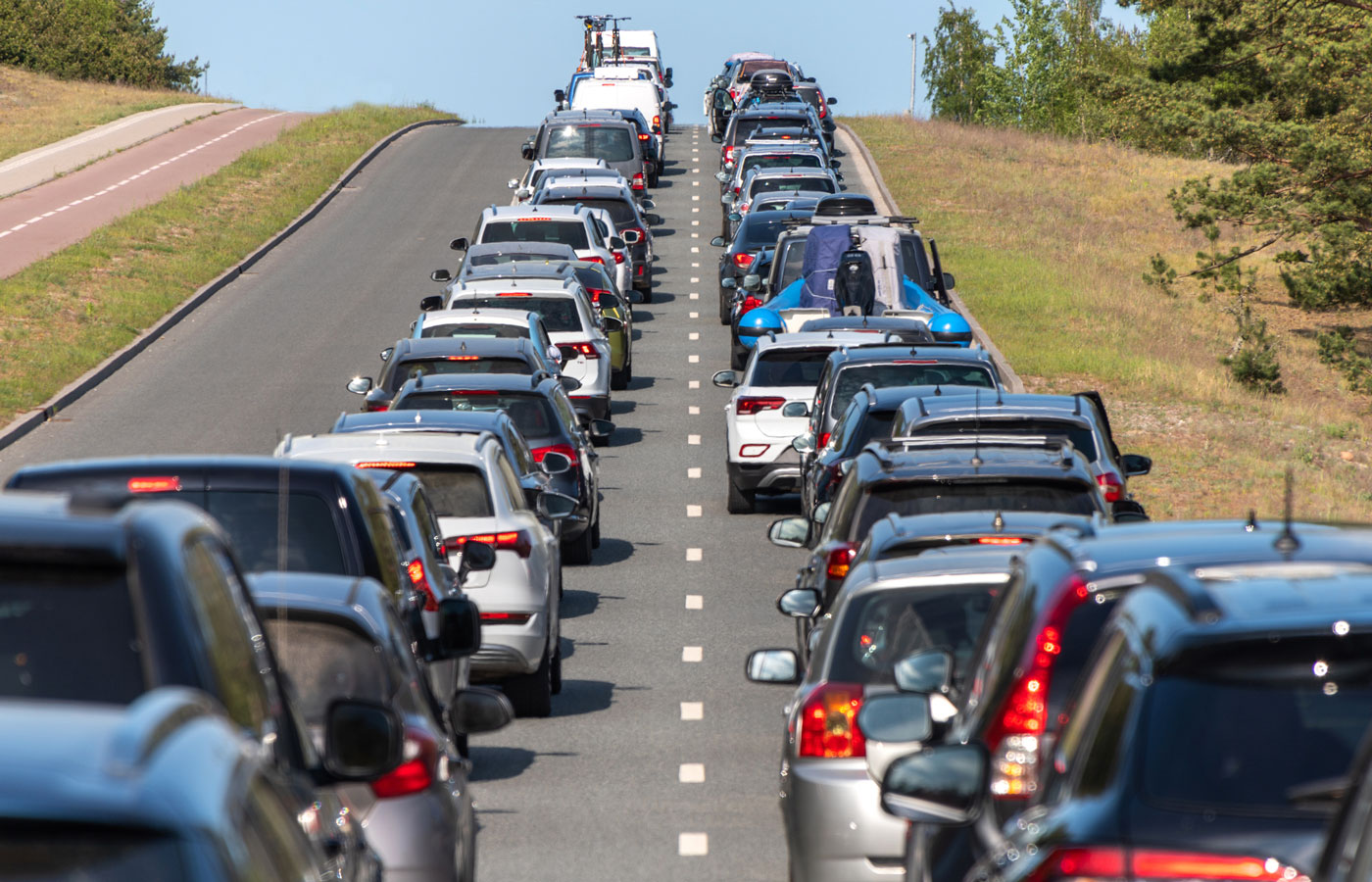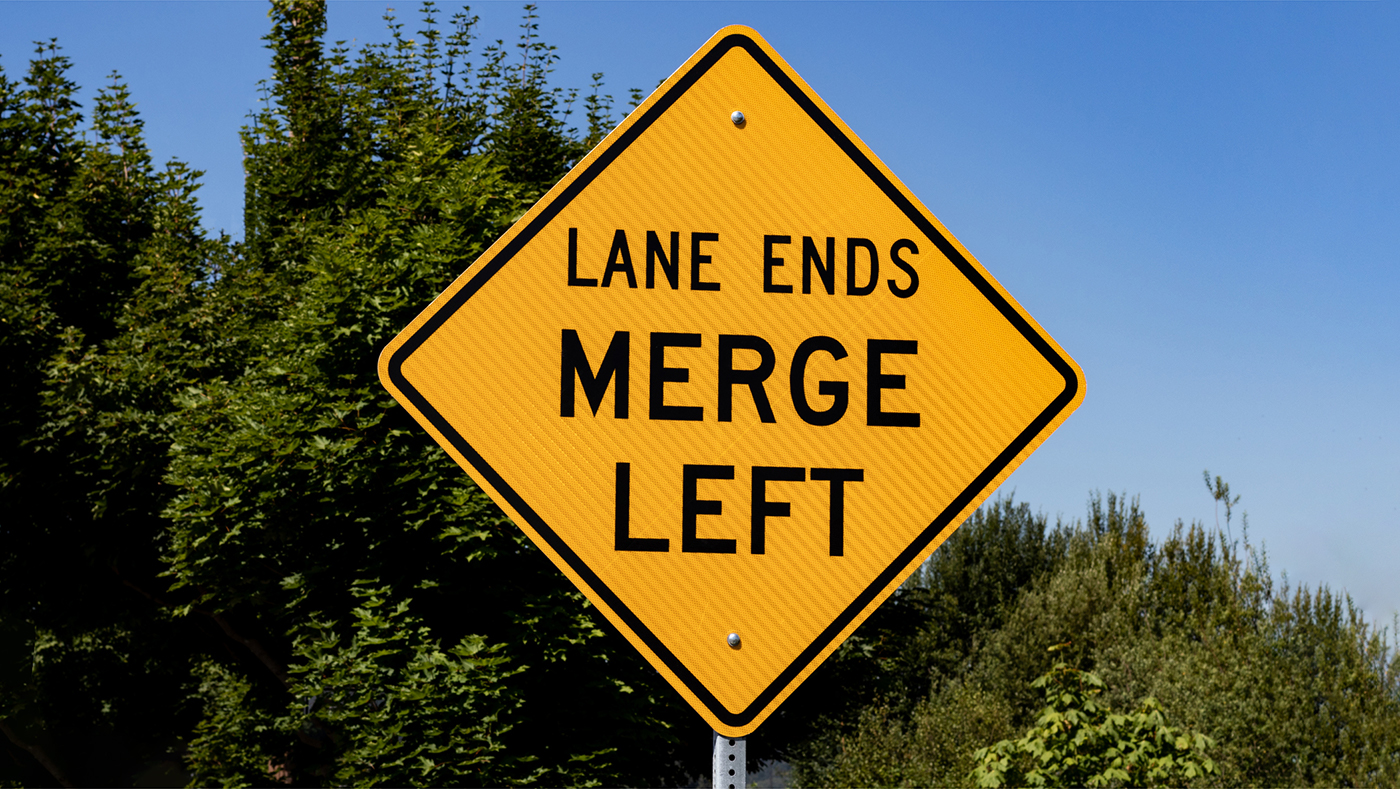The Zipper Merge: The Best Way to Merge in Traffic
The surprising reasons why zipper merging works best for lane closures.
 Getty
Getty
Drivers who wait until the last minute to merge when losing a lane may frustrate you, but studies show they are merging correctly. The zipper merge is a safer and more efficient way to merge in slow-moving, congested traffic. In fact, most traffic specialists agree the zipper merge technique is the most effective method for merging two congested lanes, ultimately resulting in minimal delay. Here is how—and why—it works.
What Is The Zipper Merge?
The zipper merge is based on the same mechanics as a zipper you’d find on a jacket. Just as the teeth of that zipper smoothly come together, a zipper merge methodically brings together vehicles from two or more lanes.
Here is how it works: You’re driving on a busy highway in a construction zone, and you see a sign indicating a lane closure ahead. If you follow the zipper merge method, you should stay in your lane up to the final merge point (instead of an early merge as soon as you see the warning sign). Then, take turns with drivers in the other lane to safely and smoothly ease into the remaining lane.
 Courtesy of Pace Communications
Courtesy of Pace Communications
There are two important considerations. First, for the zipper merge to be effective and to keep traffic moving, it requires cooperation among drivers—they must work together and take turns. Second, you should continue to drive consistently: Don’t rush ahead only to slam on your brakes later.
Watch this video from the Minnesota Department of Transportation for additional information and a visual example:
Does the Zipper Merge Reduce Traffic Delays?
A 2013 study conducted in Minnesota found that the zipper merge can reduce traffic backup lengths by up to 40%, alleviate congestion, promote fairness by having all drivers move at a consistent speed, and decrease road rage.
 Getty
Getty
What Makes the Zipper Merge Work?
To many drivers, immediately using their turn signal and trying to merge into the next lane seems like the most courteous thing to do. The zipper merge can be interpreted as cutting in line. But research has shown that the zipper merge is more efficient because it uses more available road space for as long as possible—helping to keep traffic moving.
States across the country have been implementing zipper merge recommendations for more than a decade. For example, a 2020 law in Illinois aligned the state with others like Minnesota, Missouri, North Carolina, Montana and Nevada that have rules on zipper merging.
Also, traffic research found that a zipper merge in construction zones significantly cuts down the overall length of a traffic backup. It improves safety by promoting similar travel speeds between adjacent lanes, and it helps create a sense of fairness and equity because all lanes are moving at the same pace.
Misconceptions about Zipper Merging
Driving can be stressful, and oftentimes with a zipper merge, drivers view “last minute” merging to be inconsiderate and possibly rude driving behavior. This isn’t true, since in some states it is the law and is also more efficient in keeping traffic moving.
Another misconception is that zipper merging actually causes back-ups and delays. Though it would seem that this would be the case, using both lanes until the last moment before merging actually reduces the overall length of a traffic backup.
When Should I Avoid the Zipper Merge?
When traffic is moving at posted speeds and there aren’t any traffic backups, it makes sense to merge sooner into the lane that will remain open past the merger.
This merge technique requires cooperation and consistent behavior among drivers in order to be successful. Misconceptions about the zipper merge being rude or causing further delays are dispelled by studies showing its benefits in reducing traffic backup as well as promoting fairness on the road. Embracing the zipper merge can lead to smoother and safer driving experiences in congested conditions.
